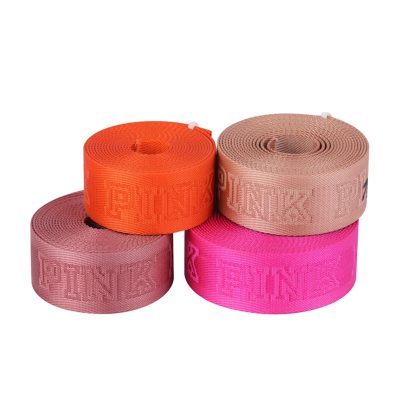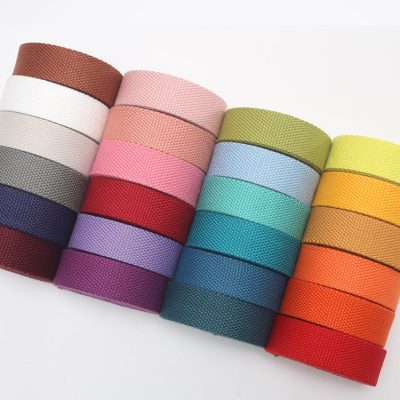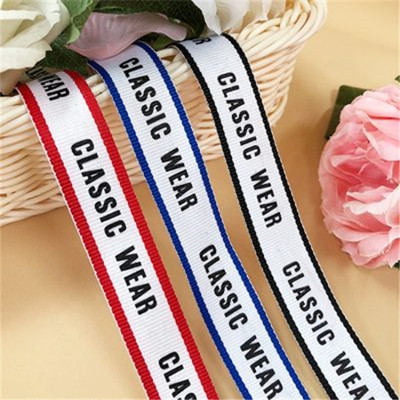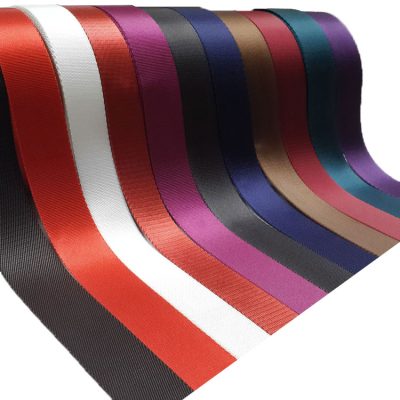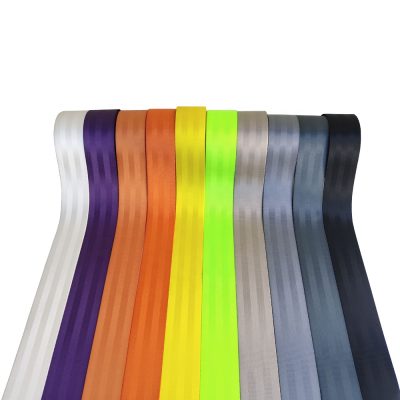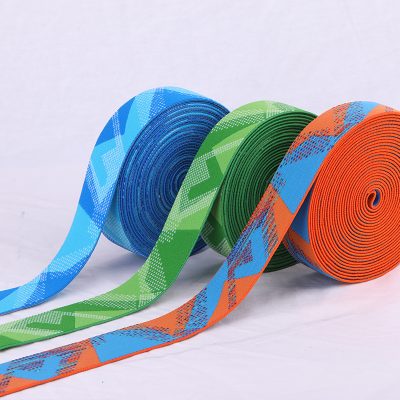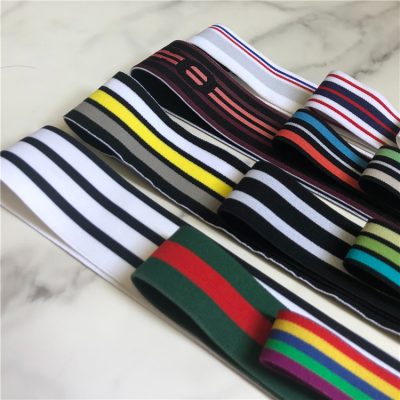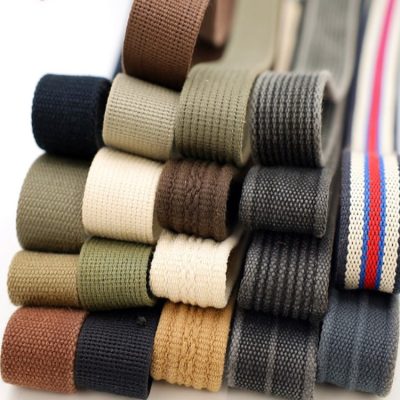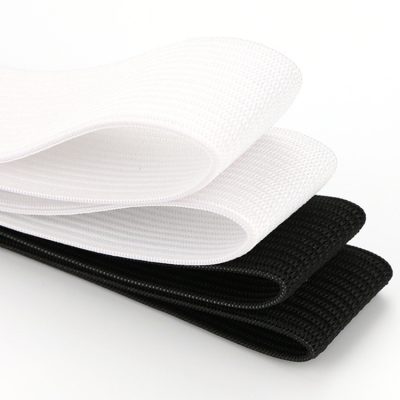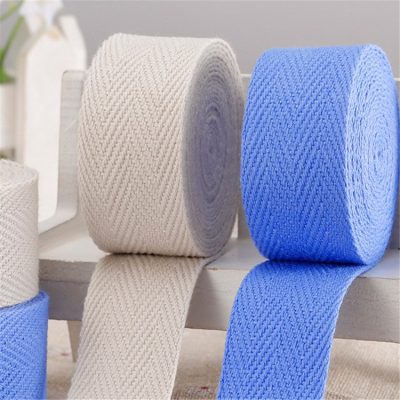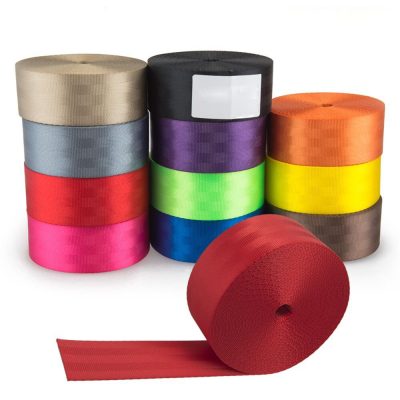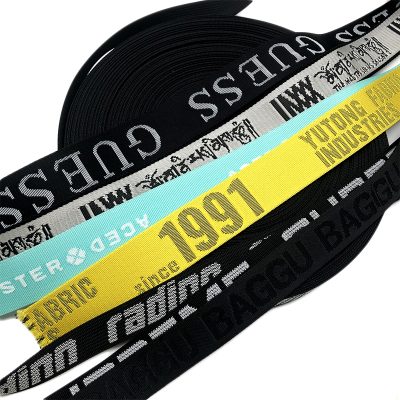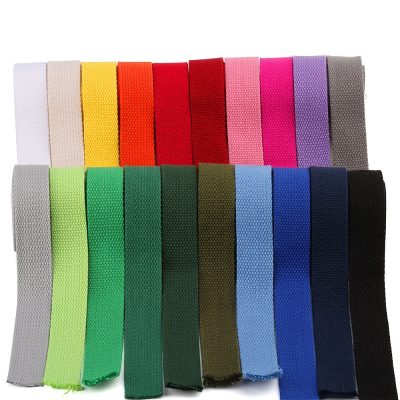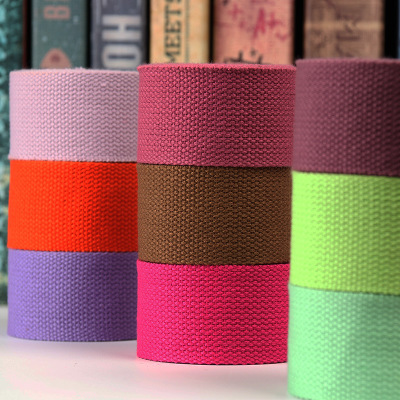Development of webbing technology:
In the 1970s, due to the promotion of continuous dyeing and ironing machines for belts, the processing of colored belts developed from the traditional process of dyeing and weaving to weaving and then dyeing, weaving and bleaching, and the continuous processing after ironing, and the elastic waistband weaving. Technology enters the ranks of mechanized mass production. In the early 1980s, the industry introduced high-speed shuttleless ribbon looms, ironing combined machines, wrapping machines, warping machines, etc. from Switzerland, Italy, and the Federal Republic of Germany, and ribbon technology entered a new stage of development.
Ribbon craft distribution:
The webbing, especially the jacquard webbing, is similar to the cloth label process, but the cloth label warp yarns are fixed, and the pattern is expressed by the weft yarn, while the basic weft yarn of the webbing is fixed, and the pattern is expressed by the warp yarn. A small machine is used. It may take a long time to thread the yarn and adjust the machine, and the efficiency is relatively low. But it can produce a wide range of dazzling products, not always those faces like cloth labels. The main function of webbing is decorative, and some are functional. Such as popular mobile phone straps. After the tape is woven, various characters/patterns can be screen-printed, which is generally cheaper than knitting the characters and patterns directly.



















